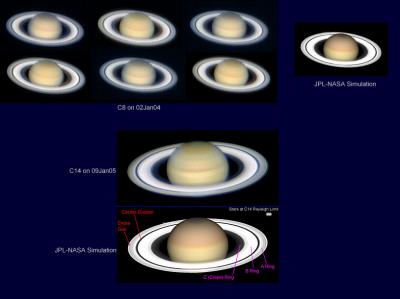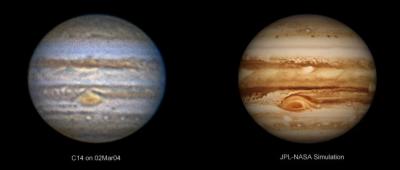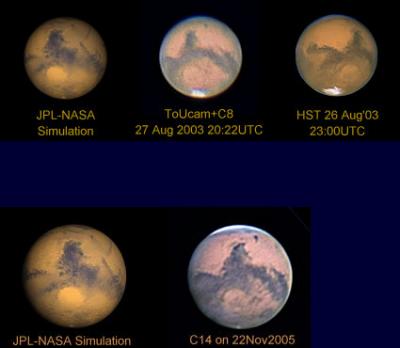





 |
 |
 |
 |
 |
 |
| Samir Kharusi | profile | all galleries >> Galleries >> Sizing Planetary Images To Compare vs The Theoretical Limits For Your OTA | tree view | thumbnails | slideshow |
 Mars-image-sizing |
 Saturn_C8_C14_Nyquist_Sizes |
 Jupiter_C14_Nyquist_Size |
 Mars_C8_C14_Nyquist_Sizes |
Mars on 2012 March 05 |
Jupiter 2011 October 27 |
Saturn 2012 April 15 |
| comment | share |